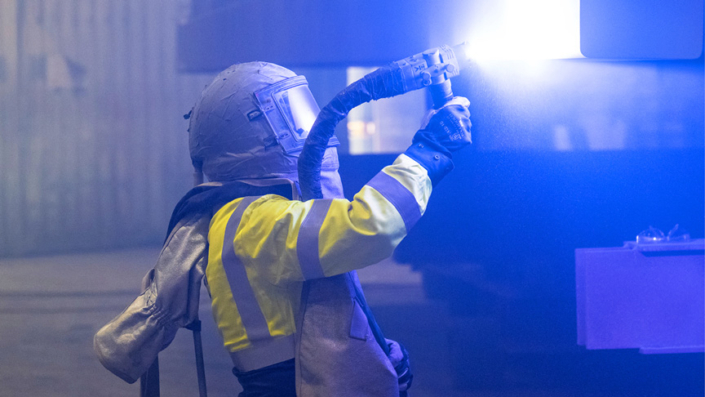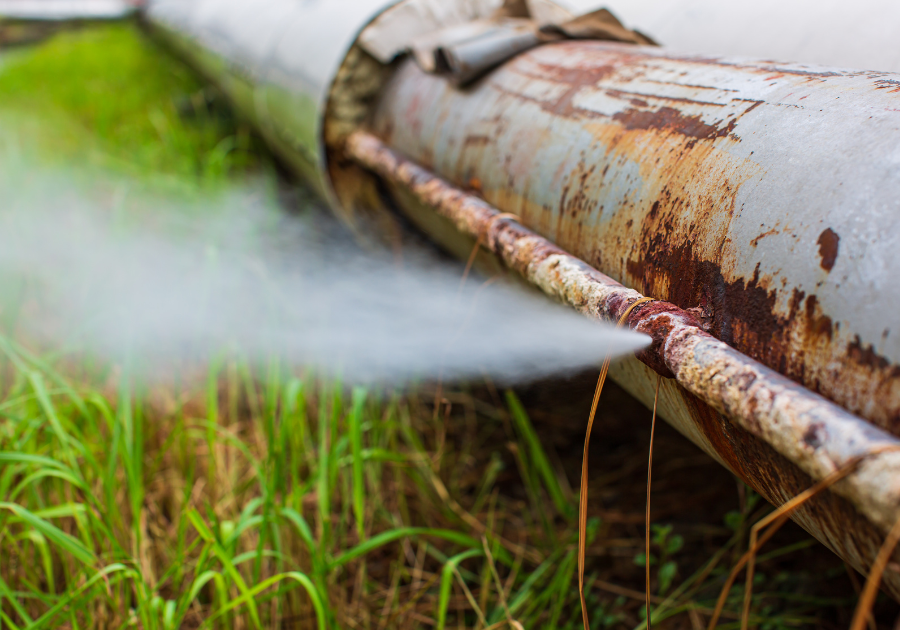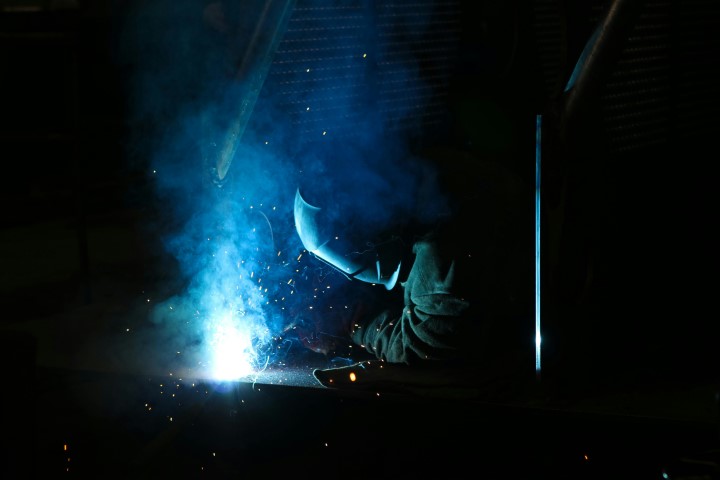Metallization
Metallization for Industrial Plants
In the industrial sector, corrosion is a common problem. It is a chemical process that corrodes the metal surface of industrial facilities, making them unstable and weak. This can lead to dangerous situations and reduced productivity of your business. To protect your industrial structures from the various forms of corrosion, an anti-corrosive metal coating can be applied to the steel surface.
This process is called metallization and is done manually. Using a spray gun, a zinc aluminum alloy typically ZnAL 85/15 or Aluminum alloy (thermal sprayed Aluminum TSA, typically Al 99.9%) is sprayed onto the plant. This is followed by a wet-coating system, making your metal structure once again suitable for numerous outdoor applications.


Flexible metallization services for durable corrosion protection
Metallization coatings can be applied both electrically and by gas in your or our workshop as well as on your job site.
At Iris, we have several metallization machines that can provide some important benefits for your industrial facilities, namely:
- It provides cathodic protection against rust and other forms of corrosion, including under insulation
- It provides a perfect surface for industrial coating
- Metallization extends the life of your metal structures
- Also appropriate for offshore companies because it protects windmills, drilling rigs and the like from the inclement sea climate
- Can be done in our workshop or on your site
Thermally sprayed coatings for long-term corrosion protection
Thermal sprayed coatings are mainly applied for high corrosion protection. Very often this is application of an object near or in (sea) water. The duration of protection of the layers can be equal to the lifetime of the object: 40 to 60 years or longer.
Depending on the type of coating applied, the corresponding coating thickness and the nature of the structure, the direct application costs are 1.5 to 2 times higher than for paint applied directly to steel. Thermal sprayed coatings are therefore eligible if the integral cost over the total life of the structure is lower than for conventional paint coatings.
